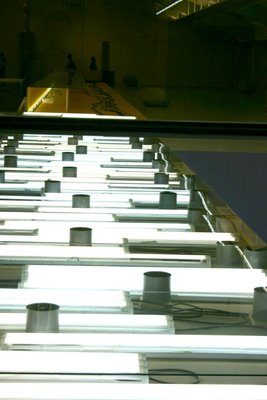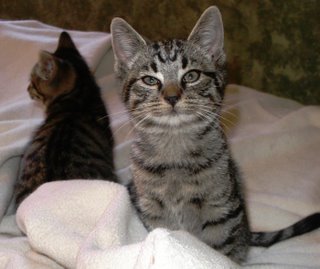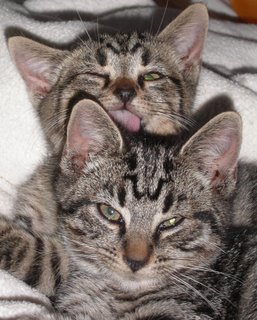
Happy Halloween! Here's my feeble attempt at carving a rabbit and a cat.

Peaches doesn't go trick or treating but apparently some rabbits do enjoy putting on a disguise. This scoundrel is available for adoption through Four Corners Bunnies.

The Perfect Picture Photography School is world's leading provider of online photography, photoshop courses, and many more..











This series of lectures takes the practice of performance in visual arts as departure point, with a view to covering certain thematic extensions that contribute largely to the definition of the individual nature of each performance.More on the Culturgest site.
In addition to an historical approach, the lectures will concentrate on these thematic extensions, thanks to the contributions of a group of speakers from different fields, work areas and artistic domains.





















Everything I come up with in my head, I put it on stage. But in 90% of the cases it doesn't work, precisely because it's in my head.
I think about what the audience will think. Every single moment. I want to be there, every evening, and observe what people do when they watch the play. If I feel them disengage or feel uncomfortable, it forces me to think about what I really want.

In the next couple of years I'm determined to make a couple of independent short films. I' m disappointed by a great deal of theatre. I love it, but I am beginning not to like its transience; as I get older I want to do something fixed.- Pete Brooks
Magmart | International Festival of VideoArt | 2nd edition
"Is now starting, till February 2007, the 2nd edition of Magmart | video under volcano, international festival of video art.
The festival is a production of studio tad, with partnership of Casoria Contemporary Art Museum, GenomART and Computer Arts magazine (italian edition)."
Enrico Tomaselli
festival staff
info@magmart.it
http://www.magmart.it
Skype: MetaArt




